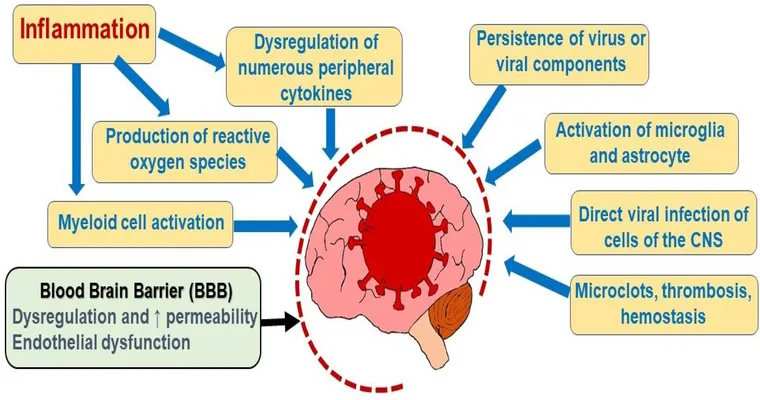In recent times, "new laws" have emerged to improve the ability of visitors to see their loved ones in "health care facilities", particularly during challenging situations like an "outbreak". These measures are designed to balance health safety protocols while ensuring that patients and residents maintain vital connections with their families and friends. The significance of such legislation cannot be overstated, as it directly impacts the emotional well-being of individuals in care and their families.
The COVID-19 pandemic highlighted the critical need for "visitation rights" in health care settings. Many families faced prolonged separations from their loved ones, which led to increased feelings of isolation and anxiety among both patients and relatives. Recognizing these challenges, lawmakers have introduced regulations that prioritize safe visitation practices, even during health crises.
Under these "new regulations", health care facilities are required to implement protocols that allow for safe visits. This may include designated visiting hours, health screenings, and the use of personal protective equipment (PPE). Facilities are also encouraged to facilitate virtual visits for those unable to attend in person, ensuring that communication remains strong despite physical barriers.
These laws not only aim to promote the mental health of patients but also support the emotional needs of families. Studies have shown that regular visits can lead to improved health outcomes, as patients often feel more comfortable and supported when they have the opportunity to connect with loved ones. The presence of family can enhance recovery, reduce stress, and foster a sense of normalcy during turbulent times.
Furthermore, the legislation underscores the importance of "patient rights". It affirms that individuals receiving care have the right to maintain their personal relationships and receive emotional support from family members. Facilities must now evaluate their visitation policies regularly to ensure compliance with the new laws and adapt to changing circumstances, such as surges in infections.
As we continue to navigate the complexities of health care during outbreaks, these new laws serve as a beacon of hope. They reflect a commitment to preserving human connections and recognizing the profound impact that love and support can have on recovery. Families can now rest assured that they will have the opportunity to be present for their loved ones, even in the face of health challenges.
In conclusion, the introduction of "new laws" allowing visitors to see their loved ones in "health care facilities" during outbreaks marks a significant advancement in patient care and emotional well-being. By prioritizing safe visitation practices, we can ensure that individuals in care do not have to face their health battles alone, fostering a supportive environment that promotes healing and connection.





